NASCAR has shown some willingness to make changes and experiment in recent years, demonstrated by the In-Season Challenge in 2025 and a potential willingness to increase horsepower next season. As we enter the final weeks of the 2025 season, some other changes could make the Cup Series even better next year.
Let’s dive into our list of the changes NASCAR should make ahead of the 2026 season.
Get Rid of the One-Race Championship Format
Joey Logano is a legitimate NASCAR Cup Series champion. After all, he’s just taking advantage of the system that was put in place. However, NASCAR has put an absurd championship format in place. A winner-takes-all race between the Championship 4 doesn’t work when a wreck caused in that race by someone who spent the entire season at the bottom of the NASCAR standings can determine the champion. It’s an absurd concept. The temporary solution, until NASCAR fan figure out a new playoff format, is to have a three-race Championship 4. Give all four drivers a legitimate chance on multiple tracks to determine who is the best.
Related: Why the NASCAR Playoff Format is Unlikely to Change in 2026
Take Out the Rearview Cameras
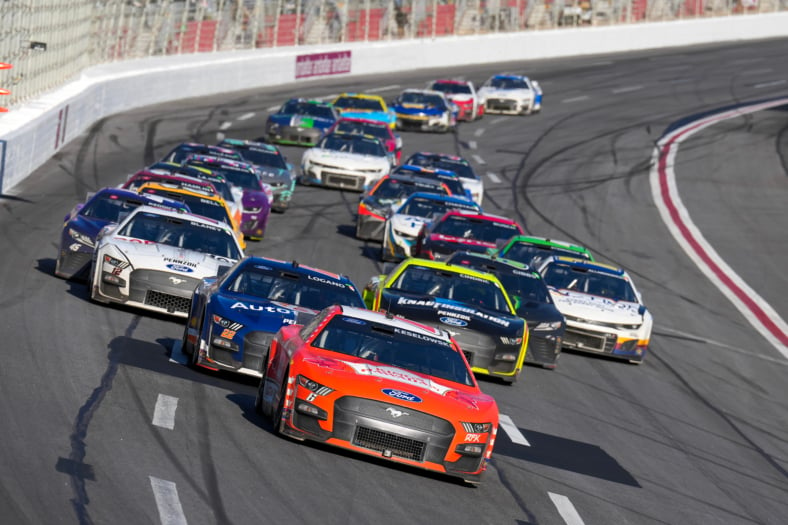
Aero blocking by the leader has become one of the biggest issues with the Next Gen car. It’s quite evident that NASCAR won’t make any changes, especially given that the process could cost hundreds of millions of dollars. So, at the very least, they can get rid of one small tool the leaders use. Kyle Busch proposed giving drivers the choice between keeping the rearview camera or ditching their spotter. Just make it simple and ditch the camera. Take away the thing that makes aero blocking so much easier; they don’t need that added tool. The advantages the car gives to the leader are more than enough already.
Related: Denny Hamlin Weighs in On Potentially Removing Rearview Cameras
Put 10 Races on Amazon Prime Video
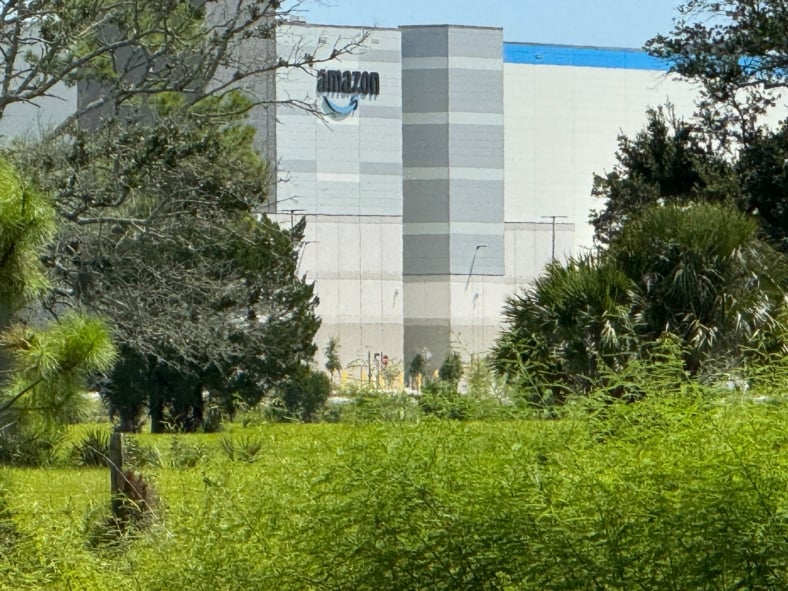
With all due respect to NASCAR’s other broadcasting partners, they aren’t even on the same content as Amazon Prime Video in terms of the quality of coverage. Prime Video’s ‘Burn Bar‘ showed fans unprecedented insight into how effectively drivers were using their fuel in mileage races. That’s something no other network has. Amazon also went all out with its pre- and post-race coverage and provided more thorough coverage of what’s going on across the field, rather than just at the front. Amazon’s coverage was so good that it positively shaped the perception of how much fans liked races. From both an entertainment perspective and just helping make viewers more informed, NASCAR should give Amazon at least 10 races in 2026.
Related: Why Amazon Prime Could Have More NASCAR Races in the Future
Stop Counting Stage Cautions as Laps
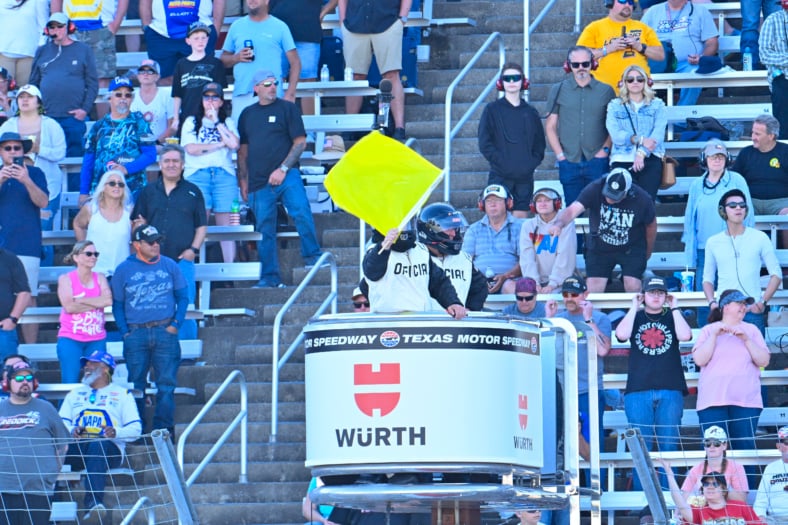
While some NASCAR fans might like to get rid of stages entirely, that’s simply not going to happen. What should be done, though, is to no longer count stage caution laps toward the race total. There can still be caution laps after the stages, giving broadcast partners time for commercials, and it still allows for the excitement of a restart when the next stage begins. Just don’t count those laps toward the official race distance, and have the count start when the green flag is waved. Teams might take issue with it because it burns fuel for laps that do not count, but it could also create new strategies and force an extra pit stop, rather than letting the leader block everyone while running out of fuel because of the massive advantage that the Next Gen car gives the driver out front.
Increase Horsepower

NASCAR officials have expressed a willingness this year to increase horsepower, finally listening to what teams have been begging for years. So, at the very least, it seems like a slight increase is coming. It won’t fix everything; the design of the car is making sure of that, but 670 horsepower isn’t remotely enough horsepower. Really, 750 horsepower isn’t enough, but it’s at least an improvement. Having all the cars close together and unable to pass doesn’t make for an entertaining product and the teams that are investing millions of dollars more than others into racing should get more bang for their buck. Until major modifications can be made to the car, a horsepower increase could at least lead to slightly more passing through the field.
Related: NASCAR Exec Shares When Horsepower Increase May Happen
Cut Down the Number of Road Course Races to Four
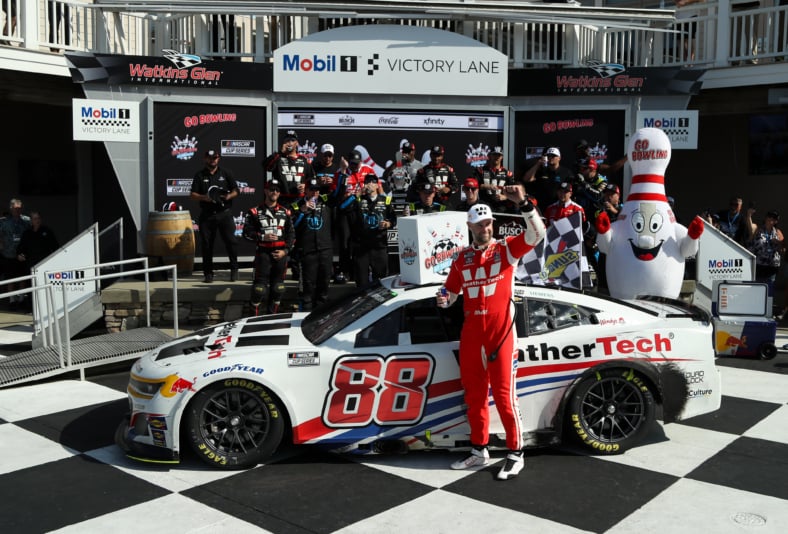
Shane van Gisbergen might be the best road course racer in NASCAR history, and the Next Gen car likely plays a part in his historic dominance. Having a dominant driver isn’t necessarily a bad thing, but it hurts the on-track product when fans and even drivers go into a road course race knowing SVG will win, and he does it while toying with other drivers and then winning by 10-plus seconds. NASCAR knows having someone so dominant isn’t good from an entertainment perspective. After all, the sharing of SMT data and how the Next Gen car is designed help keep the field closer together than ever before because NASCAR wants the appearance of close racing where the cars are only separated by fractions of a second.
Related: Why Trackhouse Racing has a Bright Future
So, there needs to be fewer road courses on the schedule in future seasons. Having three to four per year, including a street race, is fine. Anything more than that, and you’ve given one driver a massive advantage while creating a worse product for the fans.
Release “NASCAR: Full Speed’ on Netflix in February or March
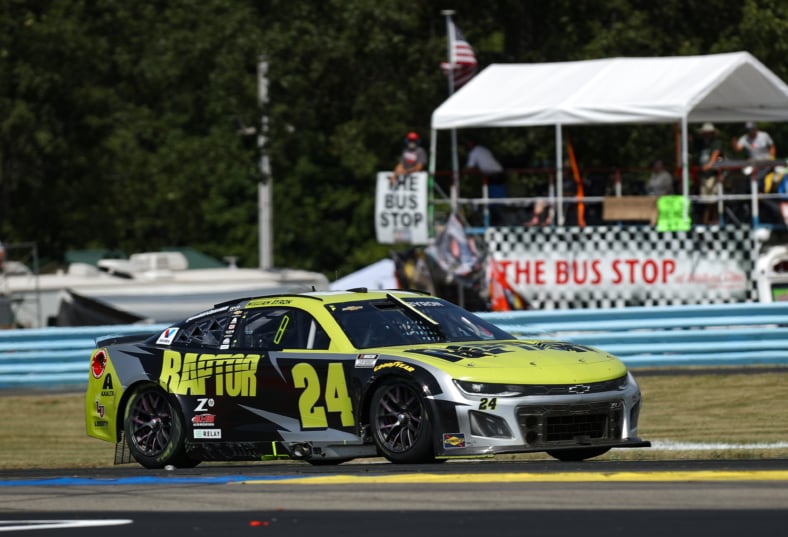
On Netflix, Formula 1’s Drive to Survive is typically released in the last week of February or the first week of March, right before a new season begins. It’s the perfect way to get returning fans excited for the new season with a refresher on what happened last year, and it allows newcomers to dive into the sport right from the start. The second season of NASCAR’s Full Speed launched on May 7, 11 races after the new Cup Series season started. There’s no world in which that makes sense. NASCAR’s 2025 Cup Series Championship is on Sunday, Nov. 5, and the Daytona 500 next year is on Feb. 15. At a minimum, season 3 should be out in March.
Better Planning, Bigger Prize for ‘Run What You Brung’ All-Star Race
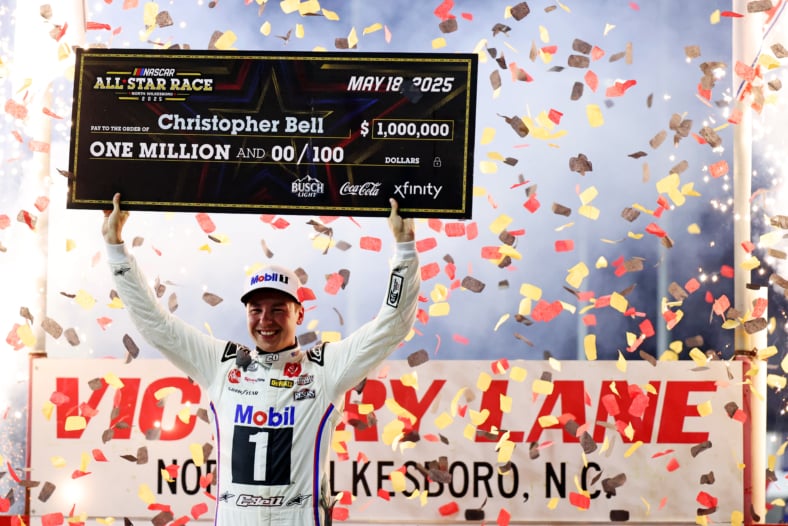
NASCAR was happy to let everyone know that it proposed a “Run what you brung” All-Star Race this year, but the teams declined. Why did teams decline it after complaining so much about the current car? For a few reasons, as Jordan Bianchi of The Athletic explained thoroughly. Among them, only certain modifications could be made (engine and tire tweaks weren’t permitted), there was limited notice, the modifications couldn’t be carried over into points races, and the cost of experimenting with the car would be more than the $1 million prize for winning the All-Star Race.
Related: North Wilkesboro Speedway May Get a Points Race in 2026
The solution seems pretty simple. First, increase the prize for the first time since it was $1 million in 2003. Set it at $2.5 million, an increase that seems fairly reasonable considering NASCAR’s TV rights deal that started this year is worth $7.7 billion. In the offseason, work with teams ahead of time on what modifications can be made to the car, with the understanding that the All-Star Race is a test run to experiment with modifications for the future. With that in place, promote next season’s All-Star Race as more of a true “Run what you brung” event with a new prize that will motivate drivers and a car that will offer more intrigue to fans
Read the full article here



